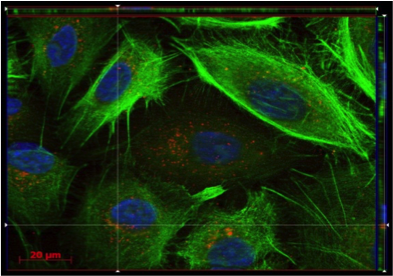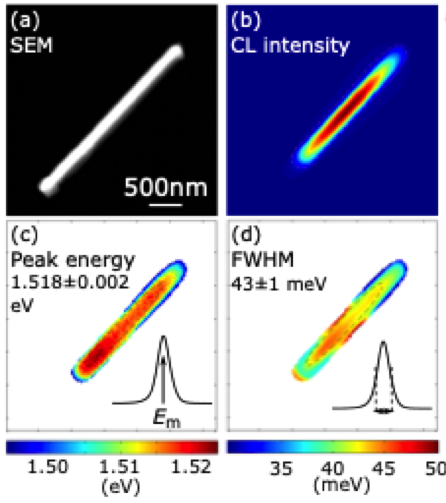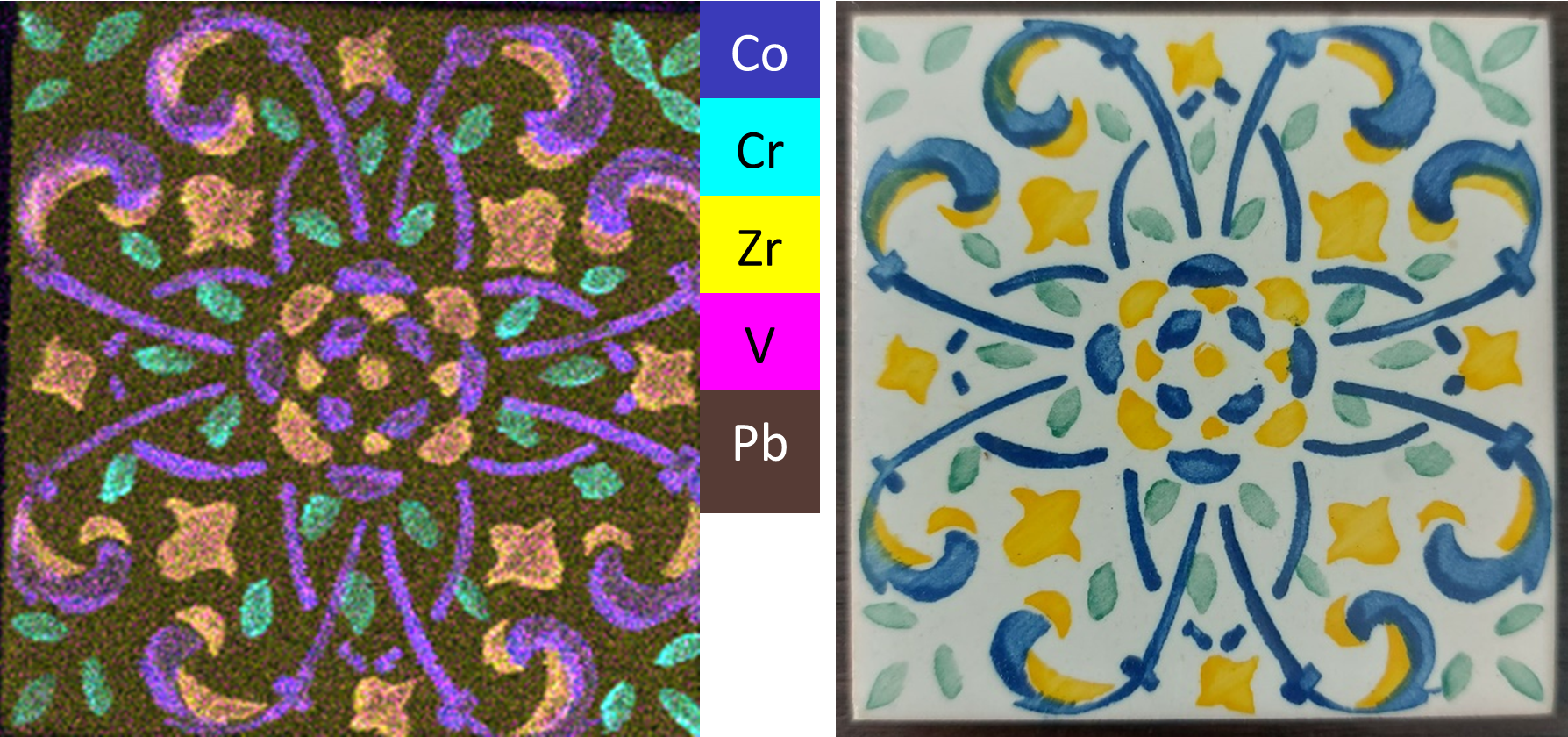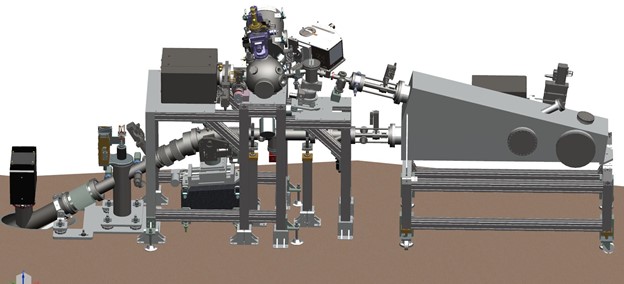Luminescence spectroscopy
TR-XRF Total Reflection X-ray Fluorescence Spectrometer (TR-XRF) (Trace element analysis)
TXRF is able to measure the elemental composition of samples (in general for elements with atomic number >12) prepared as a thin film specimen on a polished sample carrier.
FS Fluorescence Spectroscopy
Fluorescence is a type of luminescence caused by photons exciting a molecule, raising it to an electronic excited state. Fluorescence spectroscopy analyzes fluorescence from a molecule based on its fluorescent properties.
CL Cathodoluminescence
The cathodoluminescence integrates a scanning electron microscope (SEM) and a light microscope into one tool allowing SEM images and electron beam induced-luminescence images to be acquired at the same time. The analysis of the features in the luminescence spectra allows the characterization of the material properties.
FCS Fluorescence Correlation Spectroscopy
Fluorescence Correlation Spectroscopy (FCS) is a fluorescence based technique that gives information on the diffusion of fluorescent molecules or objects. From the diffusion times, the size of diffusing species can be determined, and the interaction among molecules or nanoparticles can be studied.
ML Microluminescence
The spectrum of the emitted light by the sample, excited through electrical polarization, electronic bombardment, optical illumination or magnetic excitation, provides important information on the electronic structure of the material. Introducing a microscope spatial distribution of the electronic structure can be obtained.
PL PhotoLuminescence
PL is a non-contact, non-destructive method of probing the electronic structure of materials, often used in the context of semiconductor devices to determine the bandgap energy, the composition of heterostructures, the impurity levels, the crystal quality, and to investigate recombination mechanisms.
μ-XRF micro XRF
The μ-XRF technique offers non-invasive multi-elemental, qualitative and quantitative analysis of bulk samples and thin films at the micrometre scale (50-500 μm) within a broad analytical (Z>13) and sensitivity (μg/g - %wt.) range. The scanning mode generates elemental distribution maps within ~mm2-cm2 areas with micrometre spatial resolution.
TRLS Time Resolved Luminescence Spectroscopy
P66 beamline, located within PETRA III storage ring, specializes in materials science, enabling precise photoluminescence studies of solids under state-selective excitation via pulsed synchrotron radiation in UHV. It enables recording time-resolved emission and excitation, absorption and reflection spectra across a wide 8-800 K temperature range.









